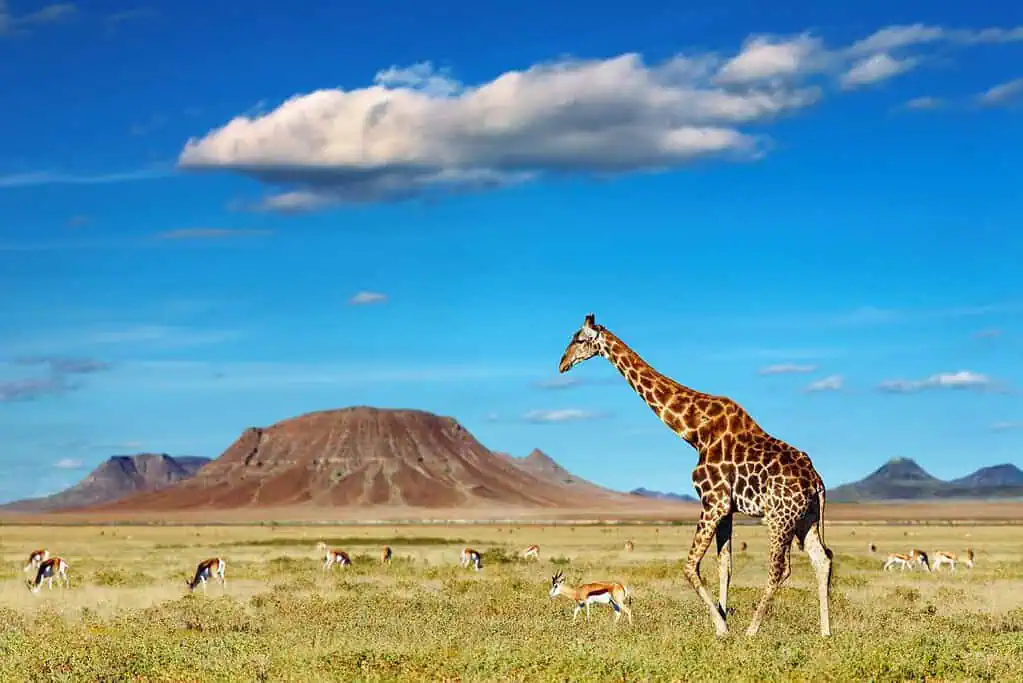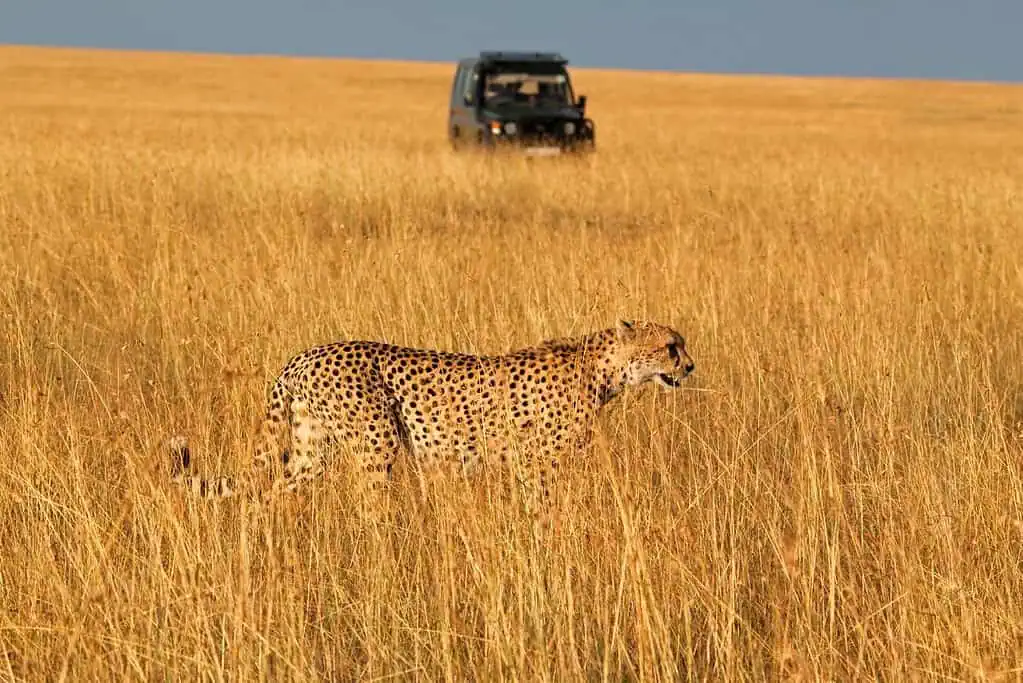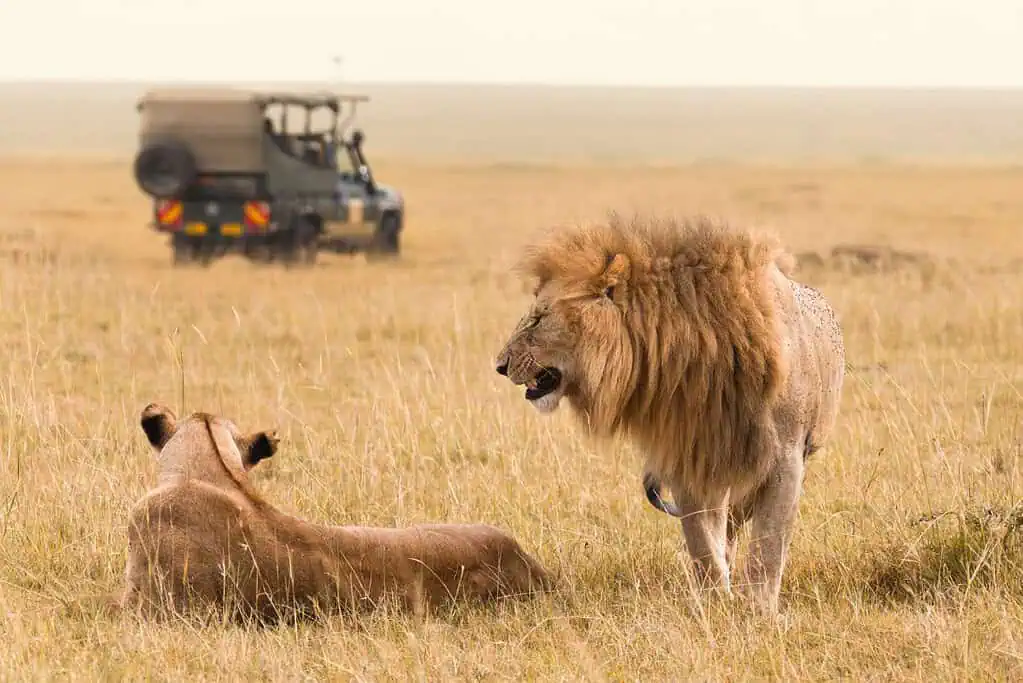East Africa, a region synonymous with sprawling savannahs, majestic wildlife, and vibrant ecosystems, offers one of the most spectacular natural arenas on Earth. Each year, millions of visitors flock to this part of the world to experience an adventure unlike any other: an East African safari. The great grasslands, especially those of Kenya and Tanzania, are not just about animal sightings; they are about witnessing one of the most profound natural cycles on the planet. This blog explores the allure of these grasslands, the wildlife that thrives within them, and why an East African safari should be on every nature lover’s bucket list.
Table of Contents
The Pulse of the Savannah
The grasslands of East Africa, primarily located in the Serengeti in Tanzania and Maasai Mara in Kenya, are vast plains where time seems to move to the rhythm of the natural world. These plains are home to the Great Migration, an annual event where over two million wildebeest, zebras, and gazelles traverse the landscape in a bid for survival, following the rains for the freshest grazing grounds. This migration not only supports these species but also the entire ecosystem, from the smallest insects to the apex predators.

Witnessing the Great Migration is akin to watching a live documentary unfold before your eyes. The sight of thousands of animals moving in unison is a profound reminder of nature’s intricacies and the delicate balance sustaining these ecosystems. This spectacle is particularly mesmerizing during river crossings, where herds navigate treacherous waters, dodging crocodiles and strong currents in a stark display of the harsh realities of nature.
A Closer Look at Wildlife
Beyond the dramatic scenes of migration, the grasslands are teeming with a variety of other wildlife, each playing a crucial role in the ecological tapestry. The big five—lions, leopards, rhinoceroses, elephants, and Cape buffaloes—are among the most sought-after sightings on a safari. Lions, with their regal demeanor and complex social structures, are often seen lounging after a hunt or coordinating attacks in groups. Leopards, elusive and solitary, can sometimes be spotted draped over the branches of acacia trees.
Elephants, the gentle giants of the savannah, are found in families, led by a matriarch whose memory of water sources and migration paths is vital for survival. Rhinoceroses, both black and white species, are rarer to see due to their critically endangered status, a result of relentless poaching. Efforts by conservation groups to protect these magnificent creatures continue to be critical in their survival.
Birdlife and Smaller Creatures
The biodiversity extends beyond the large mammals. East Africa’s grasslands are a bird watcher’s paradise, home to over 500 species of birds. From the majestic secretary birds and flamboyant ostriches to the colorful bee-eaters and formidable birds of prey like eagles and vultures, the avian life is as diverse as it is vibrant.

Furthermore, the grasslands host a range of smaller creatures that often go unnoticed but are equally fascinating. Creatures like the agile cheetahs, crafty hyenas, various antelope species, and even smaller critters like the dung beetle, play integral roles in the savannah’s ecology, contributing to the nutrient cycle and the food web.
Cultural Interactions
An East African safari is also a cultural journey. The Maasai people, among other indigenous groups, have lived in harmony with these lands for centuries. Visiting a Maasai village or engaging with local guides provides insights into how these communities have adapted their lifestyles around the rhythms of the environment and the wildlife with which they share their home. Their rich cultural heritage, traditions, and knowledge of the natural world add a profound depth to the safari experience.
Sustainable Tourism
As the allure of East Africa’s safaris continues to grow, so does the responsibility to protect these natural treasures. Sustainable tourism practices are critical in ensuring that the beauty of the grasslands and the well-being of its wildlife are preserved for future generations. Visitors are encouraged to support eco-friendly lodges, engage with responsible tour operators, and contribute to conservation efforts that benefit both the environment and local communities.

Conclusion
The great grasslands of East Africa offer more than just a travel experience; they offer a portal into the heart of nature’s most unscripted dramas. An East African safari is a transformative journey that not only showcases the beauty and brutality of the natural world but also highlights the importance of conservation and sustainable coexistence. Whether it’s the adrenaline of witnessing a predator-prey chase, the tranquility of a sunset over acacia-dotted horizons, or the warmth of the local cultures, the grasslands beckon with promises of unforgettable adventures.
